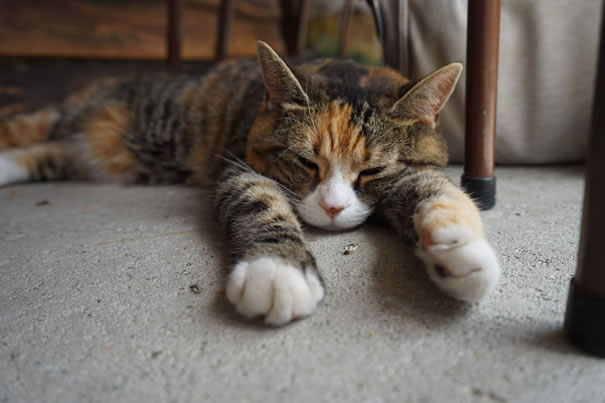2019-02-10

Everyone knows that about 90% of humans are right-handers and 10% are left-handers, but did you know that animals also hava preference to use one paw over the other? In the present study and international team of researchers from Bochum, Turkey and Greece statistically integrated findings on paw preferences in cats and dogs, two species are commonly kept as pets in many societies around the globe. For both species, there were significantly more lateralized than non-lateralized animals. We found that 78% of cats and 68% of dogs showed either left- or right-sided paw preference. Unlike humans, neither dogs nor cats showed a rightward paw preference on the population level. For cats, but not dogs, we found a significant sex difference, with female animals having greater odds of being right-lateralized compared to male animals.

Everyone knows that about 90% of humans are right-handers and 10% are left-handers, but did you know that animals also hava preference to use one paw over the other? In the present study and international team of researchers from Bochum, Turkey and Greece statistically integrated findings on paw preferences in cats and dogs, two species are commonly kept as pets in many societies around the globe. For both species, there were significantly more lateralized than non-lateralized animals. We found that 78% of cats and 68% of dogs showed either left- or right-sided paw preference. Unlike humans, neither dogs nor cats showed a rightward paw preference on the population level. For cats, but not dogs, we found a significant sex difference, with female animals having greater odds of being right-lateralized compared to male animals.